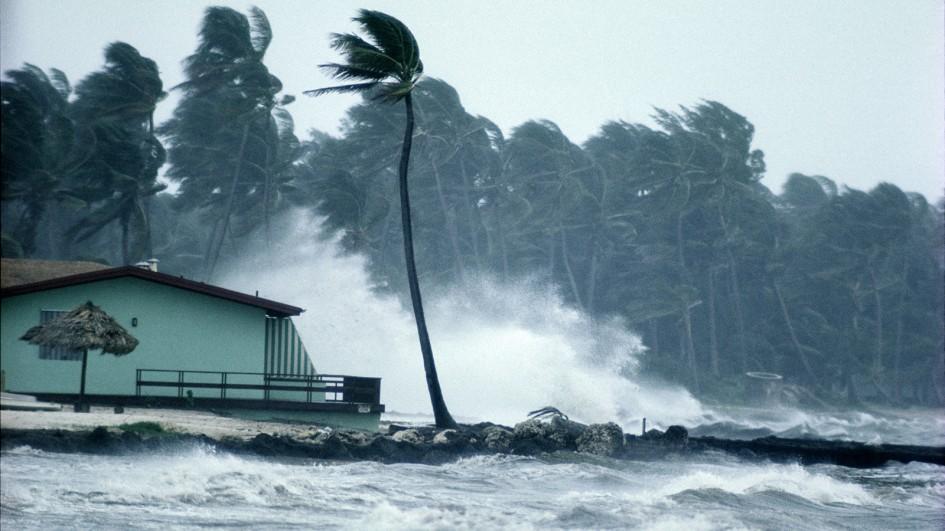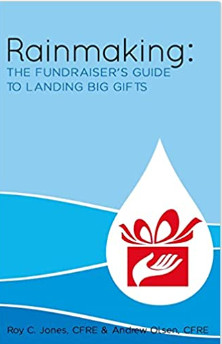8 Critical Fundraising Steps after a Catastrophe –
When natural disasters strike, most “non-disaster” non-profits expect to feel the impact when it comes to giving.
History indicates that non-disaster giving will dip 5 to 15% within 45 days of a catastrophic event. In 2005, following Hurricane Katrina in New Orleans, the Association of Fundraising Professionals, in Alexandria, Va., released a survey of charities that found 11% of all charities experienced a decline in overall giving.
The real challenge faced are the large number of national non-profits who have built their databases through direct response fundraising. These files, in most cases are older, much older. Seniors retire to warmer climates and that means there is a larger number of donors that reside, at least part of the year, in Florida. The concentration of Florida donors on national databases is significant. For most national charities, the number of Florida donors is near 10% of their total database and for many the overall percentage of giving (not just the number of people) is significantly higher.
Just as Hurricane Irma was the largest hurricane in recorded history, Hurricane Harvey continued to worsen with flooding until it became the one of the worst floods in U.S. history. What does all this translate into? Not your normal telethon and disaster relief fundraising campaigns. The Red Cross, Salvation Army, Direct Relief and many, many others have blended and extended national campaigns to keep the public’s attention to solicit donations nationwide when disaster strikes.
Non-disaster charities need to take steps to win every precious penny in this now competitive arena for the donor dollar. Here are eight steps I believe every charity should be considering and have in place when disaster strikes:
Step 1: Act fast, even if it is not perfect. Drill down on the numbers and get specific with development managers. The first 6 to 8 weeks after a natural disaster are the most critical in reducing your charity’s losses. Most “non-disaster” charities see a huge dip during the immediate event aftermath, but depending on how many donors they have outside of the disaster area, their giving does recover, and many donors give more in the 4th quarter to make up for the shortfall. Primarily because they were asked to give more and reminded of the negative impact the disaster has had on giving.
Step 2: Assess The Numbers of Donors in the disaster impact area. Get real numbers and do it fast. Identify the list of zip codes in the disaster impacted areas. In most cases FEMA and your state’s disaster relief agencies provide the list just by asking. Look both at the total number of active donors in the hurricane impacted area and the total number of acquisition prospects in cue for direct mail, telephone and digital advertising. How many donors in the impacted area gave 0 to 12 months, 13 to 24 months, 25 to 36 months ago? Also, look at the amount of giving by segment during those same time frames. $1,000 to $4,999; $5,000 to $9,999; $10,000 to $24,999; $25,000+. Assess the overall impact of your giving if these people do not give between now and year end.
Step 3: Become Nimble, segment your file and then use it. Make a plan to suppress segments impacted by the hurricane from your direct mail, email and communications for a minimum of 4 weeks after the event. Even if it has been printed, have your vendor or volunteers go to the mail trays and pull and discard those zip codes in the hurricane area. While the post office may discard it anyway, most postmasters will simply hold the mail and deliver it along with everything else after the hurricane. Nothing upsets a donor more than going through their own trauma and getting a basket full of solicitation appeals from your charity, the week or same day they get back in their home. They need a few weeks to “recover” emotionally before your appeals can start again.
Step 4: Offer support, prayers and service: it’s the thought that counts. As a resident of Florida, I was impressed with how commercial companies handled their communications. The week following the hurricane, I got emails from some of my top bill pays asking me if there was “anything they could do to help”. Ford Motor Company, Bank of America and many others used this approach. I could even call them if I needed to in order to delay payments. Non-profits should mirror those approaches. Tell donors you are thinking about them and ask them to contact you if you can help in any way. Your top donors in the impacted areas should be called, leave a voice mail or text, reminding them that you are praying for them. It is the thought that counts! Don’t ask for anything, just show you care.
Step 5: Cut spending in non-essential areas. If there was ever a time to tighten your belt, this is it. You have to plan now. Find a way to offset the likely shortfall this crisis may create. Even cutting 5% of your monthly expenses over the next 90 days after a natural disaster is critical. It also to helps you create a culture of philanthropy in your organization. Everyone needs to know when your donors are hurting, we all are hurting.
Step 6: Stop the mail in the impacted areas. I encourage people to do more mail and emails to their house files nationally. Even create a special appeal to your best donors. However, it is critical that you allow those in the disaster areas to recover before throttling up on the mail frequency to them again. Most organizations that do this, see a big dividend by year end. You may even have time to squeeze in an extra appeal to these folks later in the year.
Step 7: Hold the presses on acquisition. By far the most significant impact of a catastrophic event is the impact it may have on direct response acquisition. With the national focus in giving shifting to the hurricane or disaster victims, donors are going to be less responsive in acquisition. While this does not hurt the charity that much in the year of the crisis, it will have a chilling effect on charities the year following the crisis. This is because charities nationwide will not be able to offset the attrition of lapsed donors. Charities grow when they can acquire enough donors to replace those that have lapsed or passed (died). If you don’t offset attrition, giving goes down the next year because the pool of donors you are cultivating is smaller. Some charities only do acquisition in the fall of the year (usually the best performing time period) and these charities are going to see the worst impact in the year following a catastrophic event.
Step 8: Be part of the solution, but don’t be stupid. I’ve seen some charities (who are not relief charities) try to raise funds to start doing relief. You may raise a few bucks that way, but long term it is going to hurt your brand positioning. Donors smell opportunists a mile away and to most donors with a heart for philanthropy, this is no different that the convenience store in a hurricane that starts selling bottled water for $70 a gallon. Be careful. If you previously did human service work, be part of the solution and raise as much funds as you can to do it. However, if you’ve never done it before, now is not the time to shift the focus of your organization.
By Roy C. Jones, CFRE, Vice President of Development at Mercy Ships. His blog is read by more than 10,000 fundraising professionals at www.RoyJones.org . Mercy Ships is one of the world’s only sailing fleet of hospitals, vessels of hope that have performed over 79,000 surgeries for the hurting and poor worldwide. The views and thoughts expressed do not necessarily represent, Mercy Ships. In addition, they are not based upon or relate to any particular information about Mercy Ships.

Roy C. Jones, CFRE


